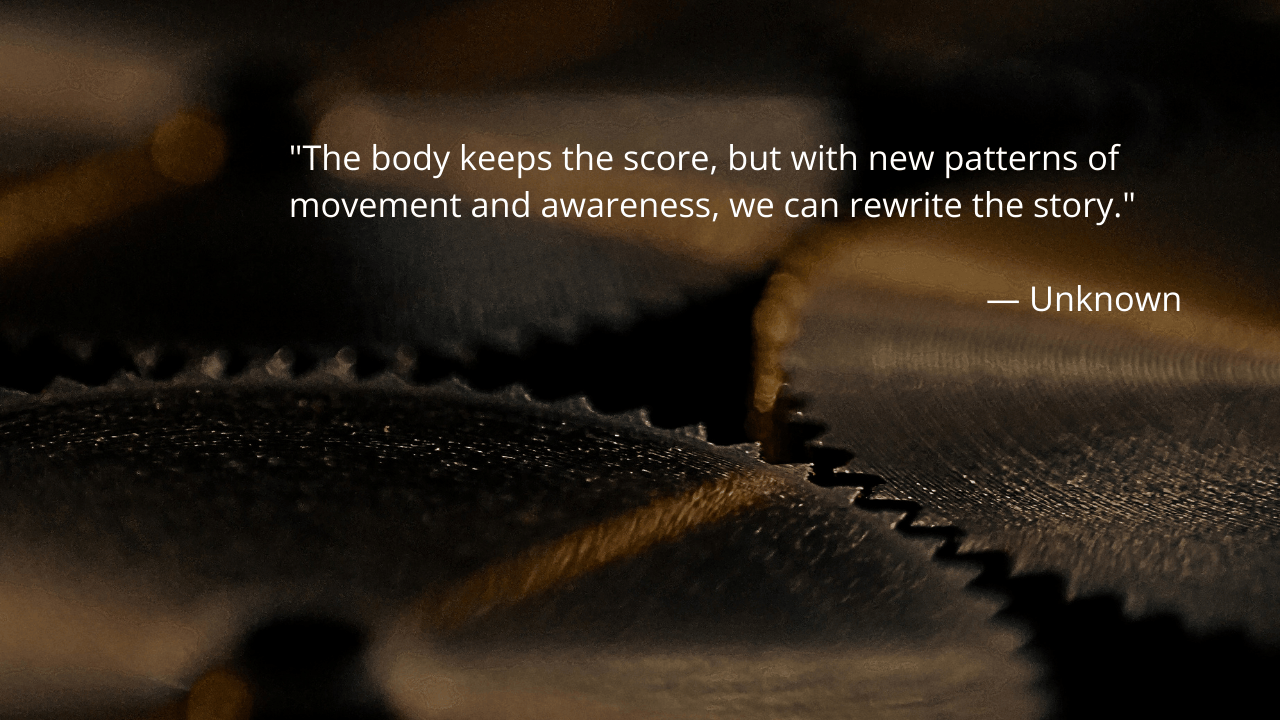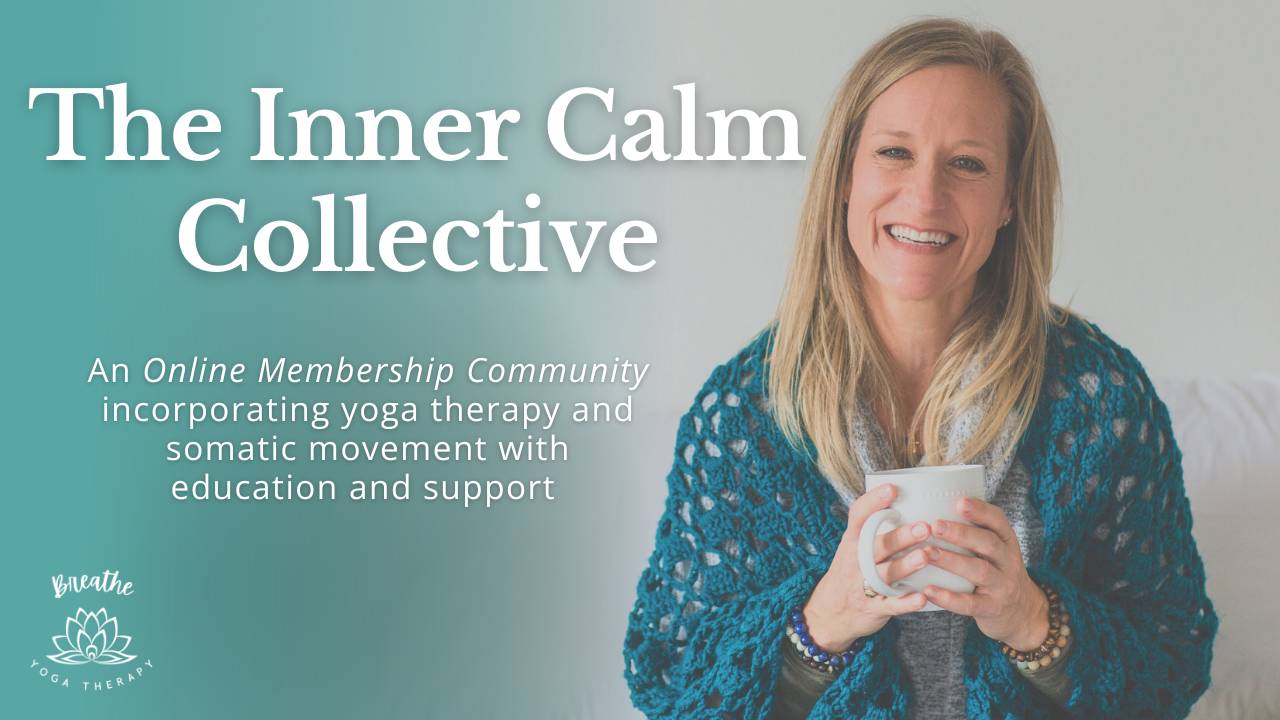Repatterning: How New Sensory Input and Output Can Help Heal Trauma and Reduce Anxiety

Healing from trauma and reducing anxiety is often a complex journey, but one of the most powerful tools in this process is repatterning. This involves introducing new sensory input to the brain, which helps to create new sensory outputs—or new ways of responding to stress and triggers. By rewiring how our brains and bodies react to certain stimuli, we can break free from old, anxiety-inducing patterns and start building healthier, more balanced responses.
Let’s take a look at how this process works and why it’s such a key part of healing trauma.
How Trauma Affects Your Sensory System
Trauma doesn’t just live in the mind—it’s stored in the body. When you experience something overwhelming, your nervous system becomes stuck in survival mode. The sensory input (what you see, hear, and feel) during a traumatic event gets wired into your brain, creating strong associations between those inputs and the fight-or-flight response.
As a result, you may become hypervigilant, easily triggered by things that remind you of the trauma, even if they’re not dangerous. For example, a loud noise or a specific smell can send you into panic mode because your body has learned to associate it with past danger. This is why trauma often leads to chronic anxiety—your nervous system remains on high alert, ready to react to perceived threats.
The Power of Repatterning
Repatterning is the process of breaking these old connections by introducing new sensory experiences that help your brain rewire itself. This is where neuroplasticity comes in—the brain’s ability to form new neural pathways and change its response patterns.
By consciously introducing new, positive sensory input, we can begin to change how the brain and body react to stress. Over time, new sensory outputs (calm, grounded reactions) start to replace old, anxiety-driven responses.
New Sensory Input: What Does It Look Like?
New sensory input is all about teaching your body and brain that it’s safe in the present moment. This can be done through various practices that engage your senses in a positive way, helping to retrain your nervous system. Here are some examples of new sensory input that can support trauma healing:
- Breathwork: Deep, intentional breathing signals to your nervous system that it’s safe to relax. Focusing on your breath is a powerful way to shift your body out of fight-or-flight mode and into a state of calm.
- Body Awareness: Somatic practices, like body scanning or mindful movement, bring attention to how your body feels in the moment. This helps you reconnect with your body and introduces a new sensory experience of safety and comfort.
- Grounding Exercises: Feeling your feet on the ground or focusing on your surroundings helps anchor you in the present moment, reminding your nervous system that you’re no longer in danger.
- Yoga: Through mindful movement, yoga helps release stored tension and introduces new patterns of sensation. Yoga teaches your body that it can move with ease, which can directly counter the rigidity and tightness often associated with trauma.
- Touch: Gentle, supportive touch (whether from yourself or others) can help calm the nervous system and introduce a feeling of safety. This could be something as simple as placing a hand on your heart or using a weighted blanket for comfort.
New Sensory Output: Rewriting Your Responses
As you introduce new sensory input, the brain starts to build new neural connections that lead to healthier responses to stress. This is the concept of new sensory output—how your body and mind react to triggers or challenges once it has been “repatterned.”
Here’s how this might look:
- Calmer Reactions: Where you once might have responded to stress with panic or anxiety, new patterns allow your nervous system to stay calm. Instead of feeling overwhelmed, you may notice you can breathe through the situation with more ease.
- Better Emotional Regulation: With repeated practice, you might find that emotions don’t feel as intense or out of control. You’ll have more tools to help you manage your feelings as they arise, which reduces anxiety over time.
- Increased Resilience: Over time, repatterning builds resilience. You learn that you can face challenges without being overwhelmed by old trauma responses, giving you more confidence in your ability to handle stress.
Healing Through Repatterning: A Step-by-Step Process
- Awareness: The first step in repatterning is becoming aware of your current sensory input and output. Notice when your body reacts to stress and how you feel in those moments. This awareness is key to understanding where the old patterns are rooted.
- Introduce New Input: Begin incorporating new sensory experiences, like those mentioned above. Focus on practices that help you feel safe and grounded, and make these a regular part of your routine.
- Consistency: Neuroplasticity takes time and repetition. By consistently introducing new sensory input, you allow your brain and nervous system to slowly rewrite their old, anxiety-based responses.
- Celebrate Progress: As you begin to notice shifts in how you react to triggers, acknowledge the progress you’re making. Healing isn’t linear, but every step forward is worth celebrating.
The Long-Term Benefits of Repatterning
Repatterning isn’t just about reducing anxiety in the moment—it’s about creating long-term change in how you experience the world. By introducing new sensory input and practicing healthier responses, you’re giving yourself the gift of nervous system regulation and emotional balance.
Over time, you may notice that you feel more grounded in your body, more capable of handling stress, and more connected to yourself. Trauma doesn’t have to define your reactions forever—repatterning offers a way to move forward with more calm, clarity, and confidence.
If you’re ready to start healing from trauma and reducing anxiety, consider exploring somatic practices or yoga as part of your journey. These tools offer gentle yet powerful ways to introduce new sensory input, helping you rewrite old patterns and move toward a more peaceful, balanced life.
In my yoga therapy program - Body-Focused Healing for Anxiety: Uncovering and Healing the Root Causes of Chronic Stress - we explore these issues and provide body-based practices and supportive guidance to help you regulate your nervous system, reduce anxiety, and manage chronic stress effectively.
Are you ready to take the next step in your healing journey? Learn more about this life-changing program and discover how you can transform your relationship with stress and anxiety. Healing doesn’t have to feel like an uphill battle you face alone. I’m here to support you, to walk with you, and to provide the guidance and tools you need to find relief, resilience, and the life you deserve.

Join Our Free Online Community!
You don’t have to do this alone. Inner Calm Collective is our online membership community where you’ll get expert tips, tools, and insights on healing anxiety, trauma, and building nervous system resilience.
Get the support and guidance you need to ease stress, calm your nervous system, and feel more at home in your body—every single day. Join now and start feeling the difference today!



